Saying the sampling was done on a Gas Chromatograph is like saying that you won a car. Both description are useful in that they help differentiate.
- In the case of all vehicles, it is useful to distinguish cars from trucks or motorcycles.
- Whereas in the case of chemical testing, it is useful to distinguish gas chromatography from enzymatic assay testing or breath testing.
But neither initial descriptions give any idea of specifics.
- In the case of cars, there are different makes, models and years.
- Whereas, in gas chromatography there are many different options.
This is why when you are a citizen among us who has been accused of a DUI and the magic number (i.e., the alleged BAC result) is derived from a purported Gas Chromatography result, you need to find a DUI lawyer who knows a lot about the scientific process and what precisely and in detail the configuration and the method of Gas Chromatography used. You shouldn’t settle for simply someone who has heard of it, but you deserve someone who is a near expert in Gas Chromatography. So, ask some questions of your potential DUI lawyer. See what level of familiarity and detail he/she may have. If their description amounts to a simple answer like its “a car” in our analogy, then maybe you need to look elsewhere.
I had wrote very generally on Gas Chromatography before and the specific training that I had received through the American Chemical Society and Axiom Labs at:
Gas Chromatography and why is it is so important to Pennsylvania DUI arrests
I had further posted on Crimping a Headspace Vial in Gas Chromatography: How not putting the “lid on the jar” can lead to disaster in a DUI case and A large problem in Gas Chromatography: No uniform standard for GC run position or composition
Now let’s take it to another level and start to look at the variations in configuration to turn the description of “a car” into something much more meaningful. This post will focus on the various non-programmable hardware-related or configuration-related issues. The specifics of the configuration. A future post will focus on the programmable or process/protocol-related issues.
In terms of configuration the variables in modern gas chromatography for ETOH or drugs of abuse determination include:
Carrier gas: In America typically helium is used as the inert gas used to “push” the analytes through the system; although hydrogen is the second most popular method. [Blogger’s note: More will be written on this distinction and specifically on the need for blanks between unknown samples]
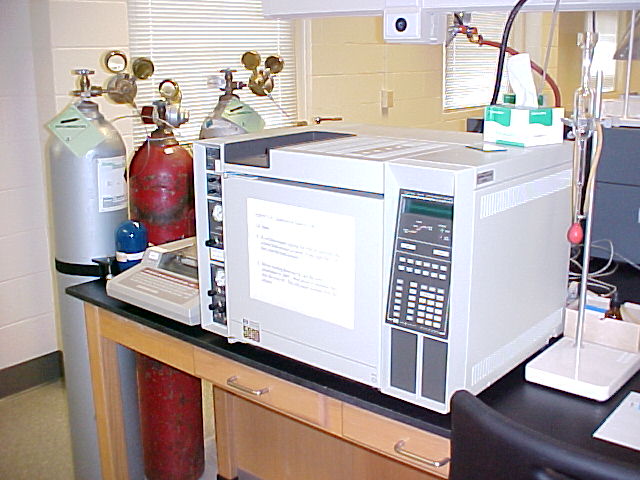
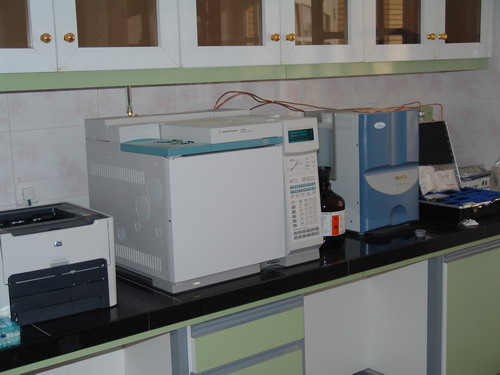
(pictured above left: a Gas Chromatograph with helium tank as the carrier gas; and above right: a Gas Chromatograph with hydrogen generator-the blue box to the right)
Internal standard: It is a substance added to achieve an “artificial peak” in chromatography when measuring an unknown and in analytical chemistry, it is a chemical substance that is added in a constant amount to samples, the blank and calibration standards in a chemical analysis. The ratio of the unknown analyte signal to the internal standard signal as a function of the analyte concentration of the standards and hence can achieve a known result. Generally, in alcohol testing it is n-propanol, but for drugs of abuse in particular other internal standards can be used. [Blogger’s note: In the future more will be written on the importance of this distinction and especially in terms of the salting out effect]
Injection type: Direct injection versus headspace methodology versus autosampler [Blogger’s note: In the future more will be written on the importance of this distinction]

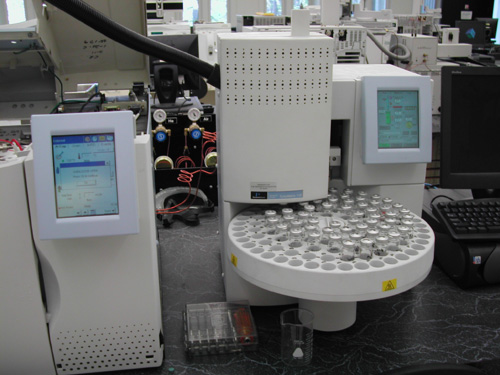
(pictured above to the left is an injection port where one may do a direct injection; and above right is an headspace autosampler) [to see an autosampler in action please go to: A large problem in Gas Chromatography: No uniform standard for GC run position or composition]
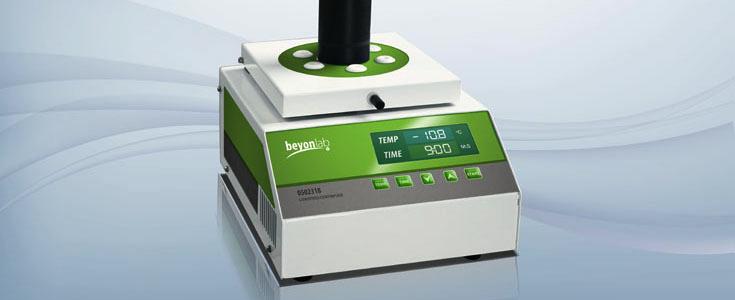
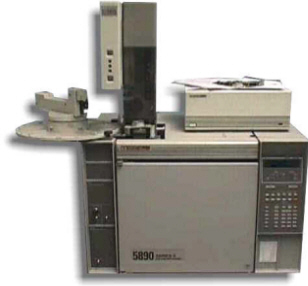
(pictured above left is a manual headspace sampler; and pictured above right is an installed headspace autosampler on a gas chromatograph)
Column: Not all columns are the same. There are two basic types: capillary versus packed. Generally in modern gas chromatography for ETOH and drug of abuse testing, capillary columns are used. However, there is no universal column (e.g., Restek BAC 1, Restek BAC 2, Agilent DB-ALC 1, Agilent DB-ALC 2, Rxi™-5ms, DB-5) What type of capillary column is installed majorly affects specific performance.
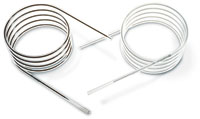
.jpg)
(pictured above left: uninstalled packed column; and pictured above right: installed packed column inside of gas chromatograph)
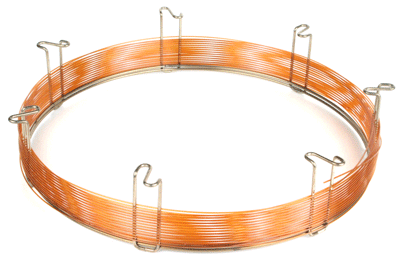
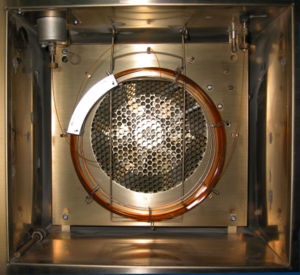
(pictured above left: uninstalled capillary column; and pictured above right: installed capillary column inside of gas chromatograph)
Number of columns: The gas chromatograph can be set up so as to accept a single column or two which is referred to as dual columns. With dual column configuration duplicate testing is possible.
(pictured above: a dual column configuration)
Detector: Without a detector, a gas chromatograph is just a screening device as it can only denote separation between analytes of interest and not the quantification of those analytes. The addition of a detector makes the qualitative measure achieved by the gas chromatograph itself (i.e., the separation characteristic) into a combination of qualitative measurement with the quantitative measurement (as achieved separately by the detector). In gas chromatography there are so many possible detectors that are used, but primarily for ETOH and drugs of abuse testing of unknowns, flame ionization detectors (usually used in ETOH determinations) and/or mass spectrometry (usually used in drugs of abuse) is used. With mass spectrometry different detectors are available such as Triple Quadrupole configuration. [Blogger’s note: Much more will be written on this later]
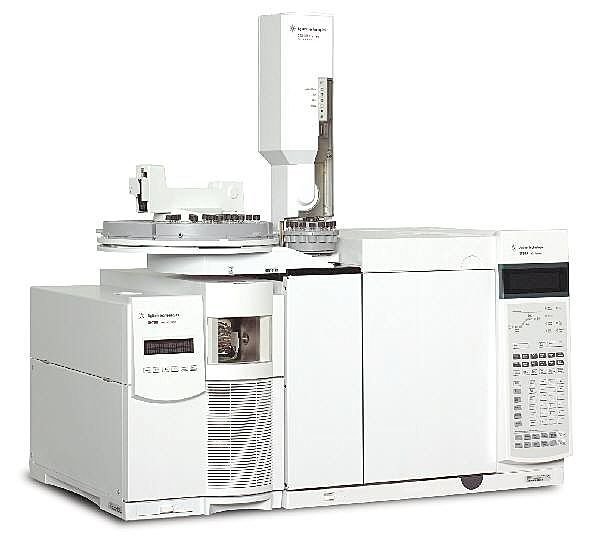

(pictured above left: a gas chromatograph with a flame ionization detector using an autosampler; and pictured above right: on the left an open mass spectrometer and on the right an open gas chromatograph)

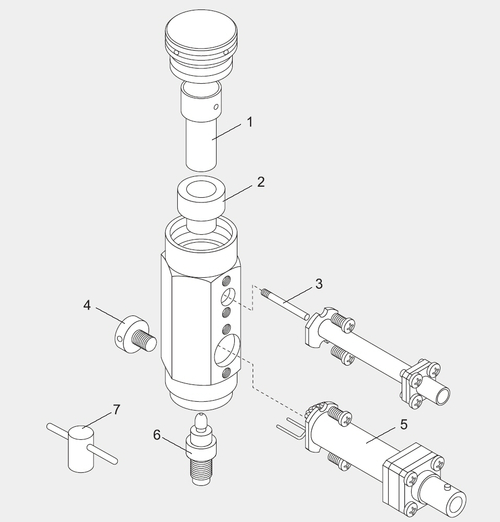
(pictured above left: an installed FID or Flame Ionization Detector; pictured above right: an exploded view of flame ionization detector)
Multiple injectors and multiple detectors: There is no end to the configurations that one can develop. There are GC-FID, GC-MS-MS. One can have a GC with multiple injector ports too.
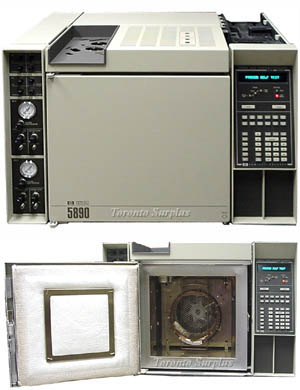

(pictured above left: 2 FIDs 2 columns and dual injector ports; and pictured above right: close up of dual Flame Ionization Detectors)
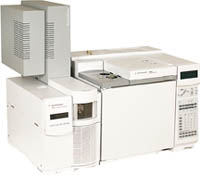

(pictured above left: a GC-MS-MS; pictured above right: dual injector ports)
An overall perspective:
 (pictured above: Can your DUI attorney identify the basics? What do the different color arrows represent? If you are a good defense attorney go ahead and post the answer and get credit)
(pictured above: Can your DUI attorney identify the basics? What do the different color arrows represent? If you are a good defense attorney go ahead and post the answer and get credit)
In order to determine whether or not a test is accurate, precise, traceable, reliable, repeatable, trustworthy and true, we must look at these differences. In order to determine whether or not your DUI attorney knows what he or she is doing, then they must know all of this at a very minimum.
-Justin J. McShane, Esquire, Pennsylvania DUI Attorney
I am the highest rated DUI Attorney in PA as Rated by Avvo.com
You can follow me on Twitter, Facebook or Linkedin

Board Certified Criminal Trial Advocate
By the National Board of Trial Advocacy
A Pennsylvania Supreme Court Approved Agency
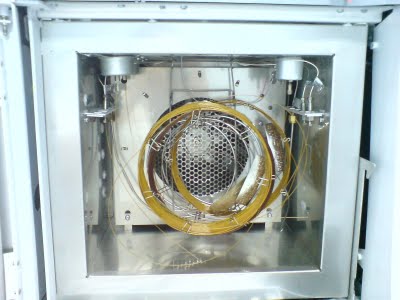
Rob Leonard says:
The blue is part of the injector port,
The green is the capillary column
The red is a flame ionization detector
Josh D. Lee says:
Blue: Injection Port
Green: A Capillary Column
Red: Detector Port. Assumption would be that it is a Flame Ionization Detector but Im not sure you can really tell for certain from this picture.